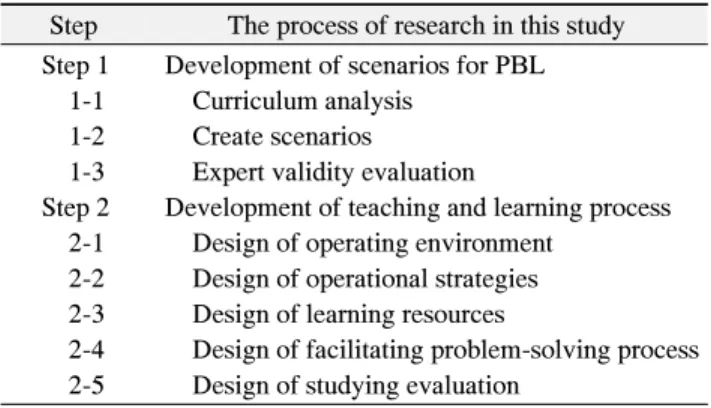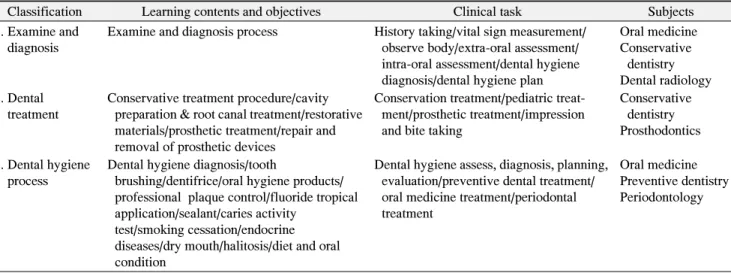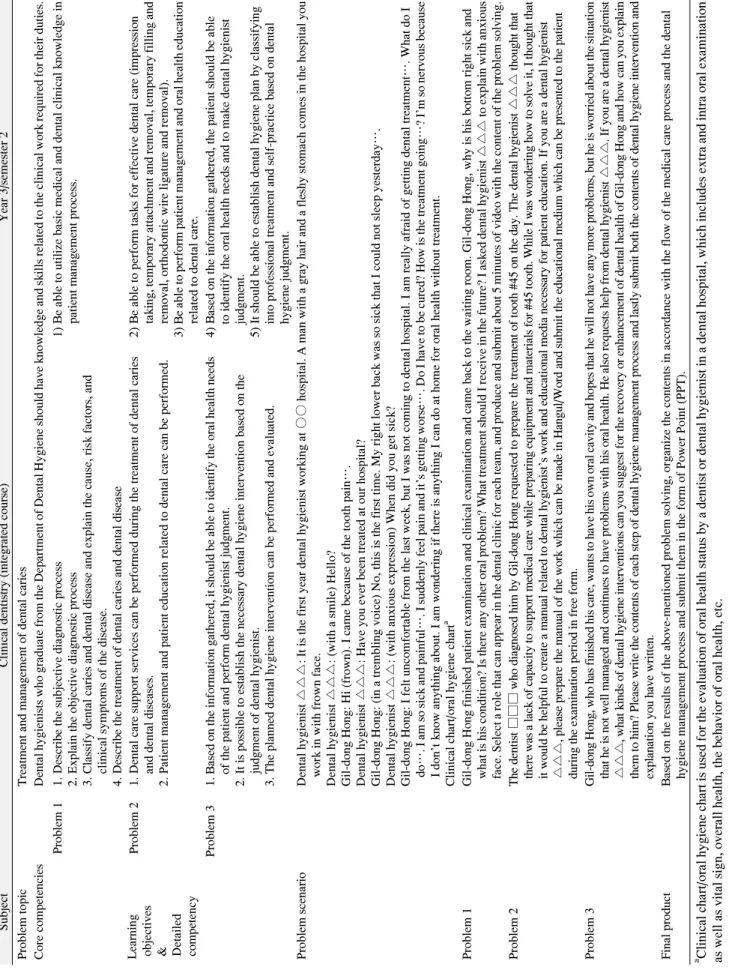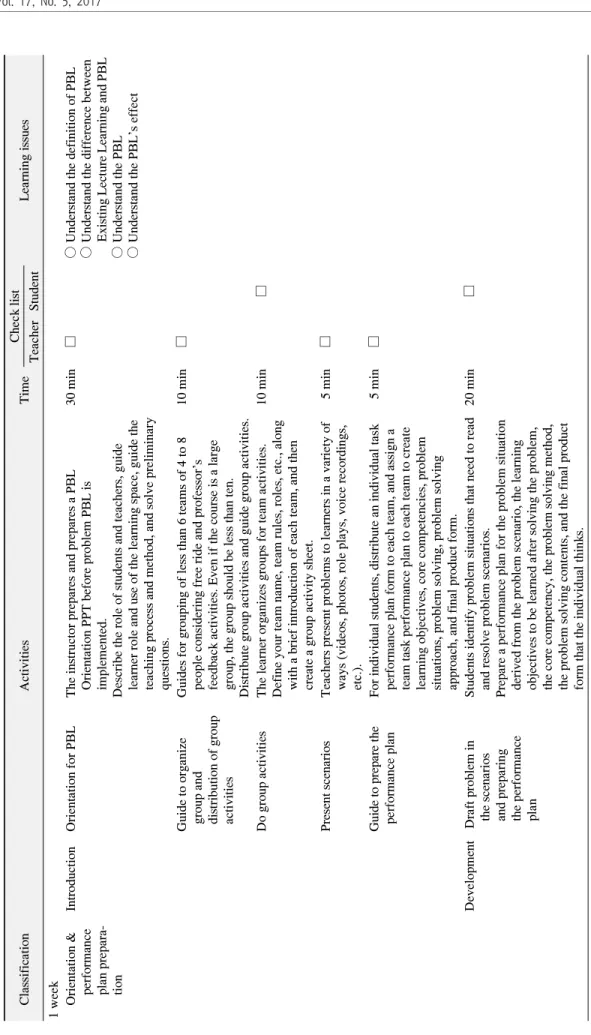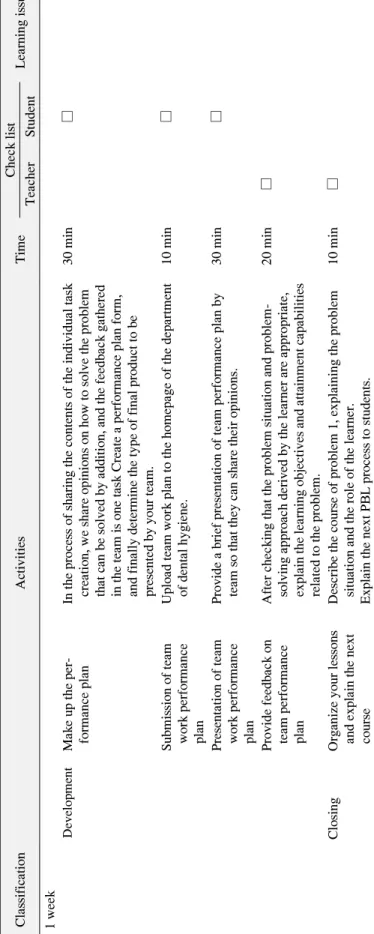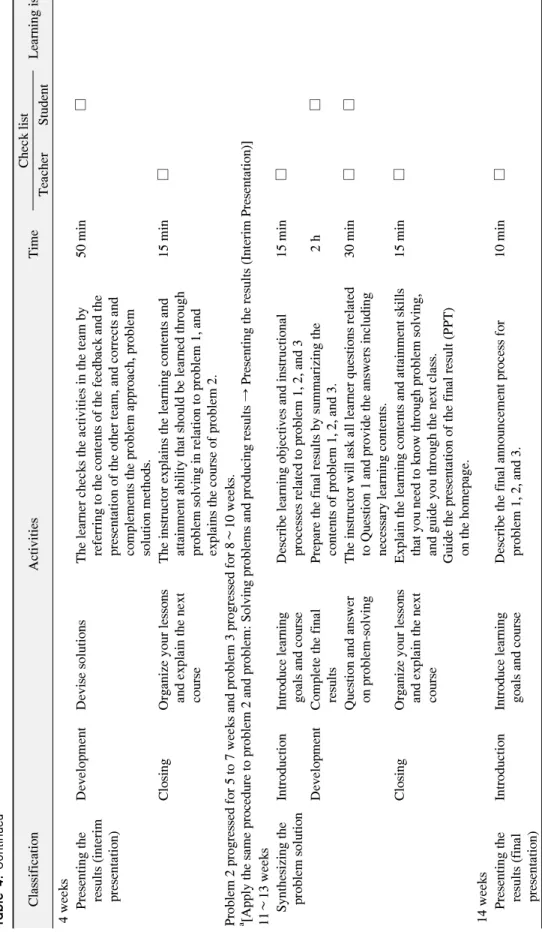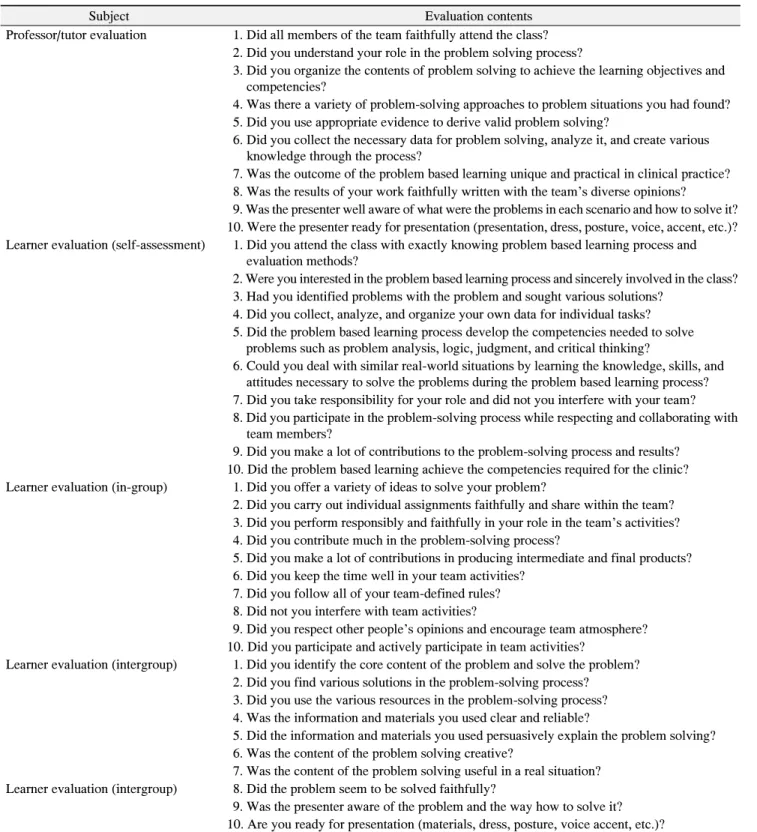REVIEW ARTICLE
Received: February 14, 2017, Revised: May 25, 2017, Accepted: September 7, 2017 ISSN 1598-4478 (Print) / ISSN 2233-7679 (Online)
†
Correspondence to: Soo-Myoung Bae
Department of Dental Hygiene, College of Dentistry, Gangneung-Wonju National University, 7 Jukheon-gil, Gangneung 25457, Korea Tel: +82-33-640-2756, Fax: +82-33-642-6410, E-mail: edelweiss@gwnu.ac.kr
Copyright © 2017 by Journal of Dental Hygiene Science
The Development of Problem-Based Learning Module for Clinical Dentistry in Dental Hygiene
A-Yeon Jeong 1 , Sun-Jung Shin 1,2 , Bo-Mi Shin 1,2 , and Soo-Myoung Bae 1,2,†
1
